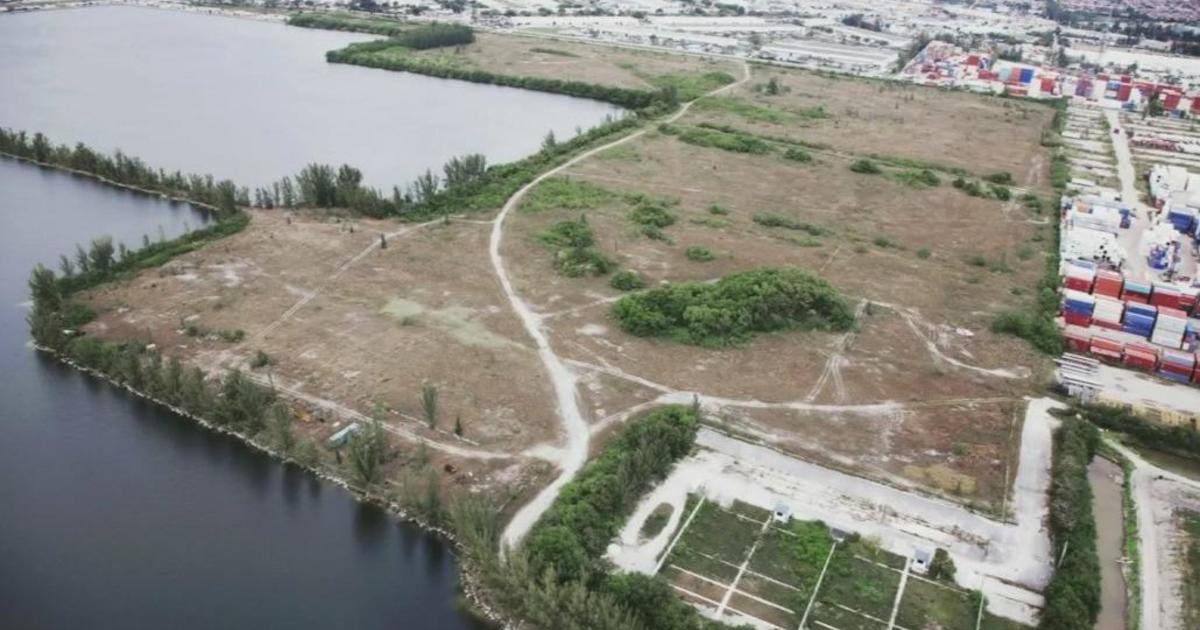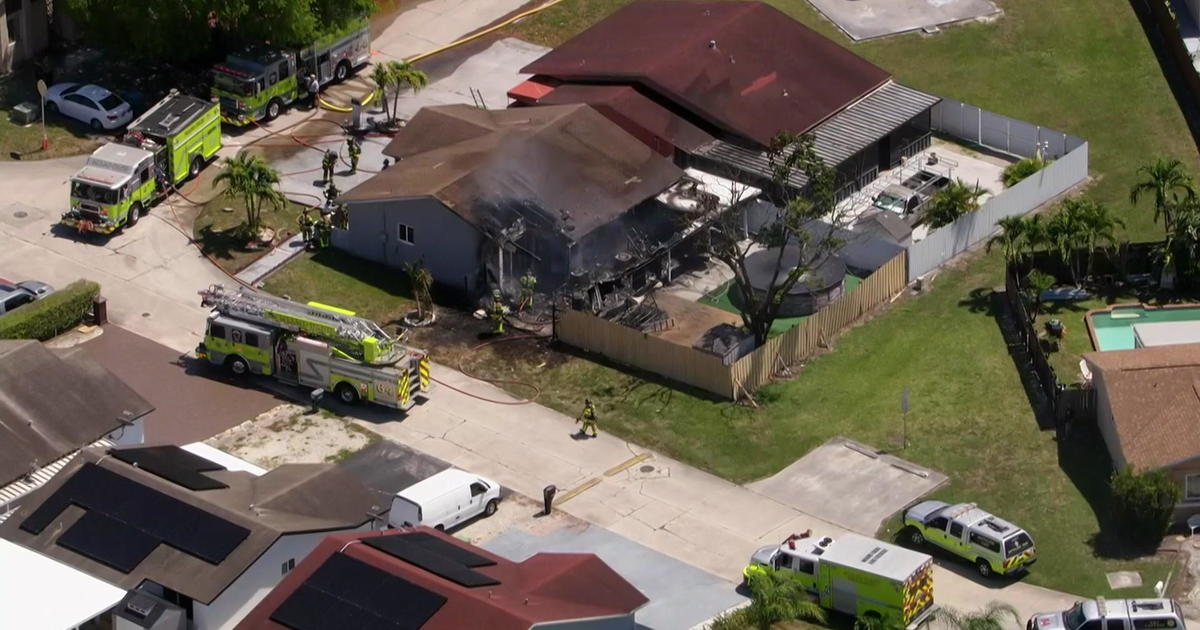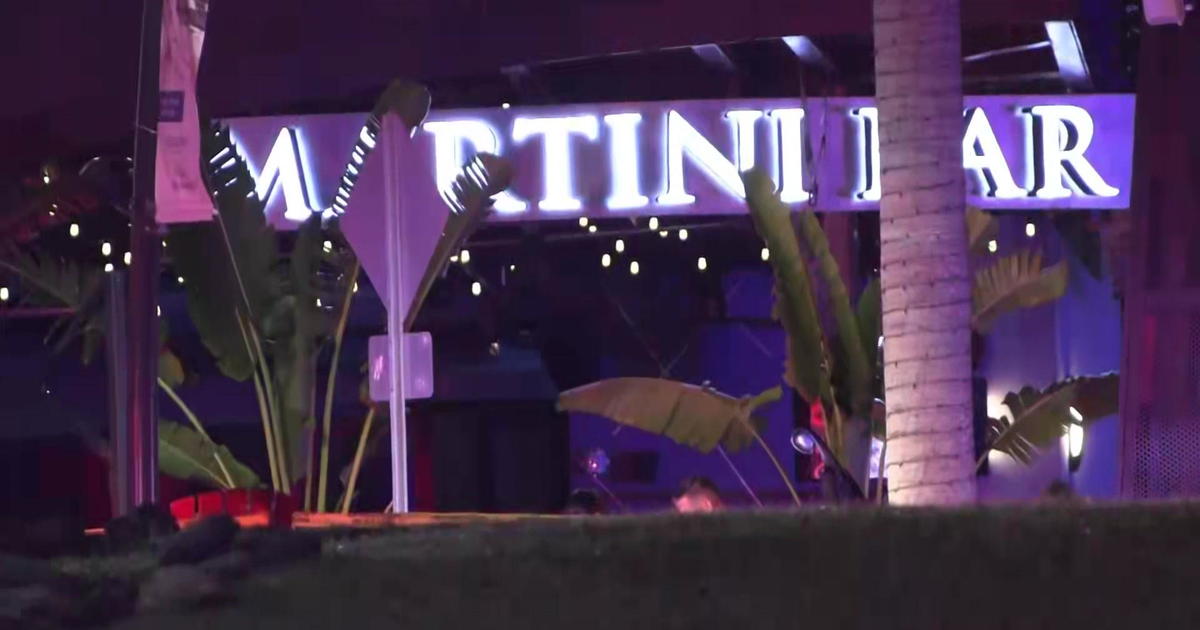Proposal For U.S. 1 Expressway In South Dade Moves Forward
SOUTH MIAMI-DADE (CBSMiami) – Some South Miami-Dade residents may not like it, but a proposal to build an expressway along U.S. 1 from Pinecrest to Florida City is moving forward.
The Miami-Dade Expressway Authority is studying whether to widen the South-Dade Busway, keeping the special bus-only lanes, but adding express toll lanes and overpasses to help relieve the commuting nightmare that is U.S. 1 in the county's southern suburbs, reports CBS4 news partner The Miami Herald.
MDX says its proposal could cut commuting times by one-third, and that toll income could help pay for improved transit service. The Expressway Authority has not been using the word "expressway" to describe the proposal, instead calling it an "Express Lanes" study.
Now, South Dade commuters looking to avoid U.S. 1's gridlock can take the busway to Metrorail's southern terminal at Dadeland, then take a train to downtown Miami from there.
But MDX's solution has drawn opposition.
"We have often said the project is a 'toll-a-coaster' because what they have in mind is overpasses going up and down over major intersections," said Carlos García, co-founder of GetMDXofftheBusway.com.
The village of Pinecrest passed a resolution against the plan last year; after the village planning director Stephen Olmsted said he was concerned about the "potential negative or harmful" impacts. The proposed expressway would run directly behind Pinecrest's central business district along U.S. 1.
After a recent meeting with MDX representatives, Pinecrest Mayor Cindy Lerner said she was not keen on the agency's ideas.
"It is critical that we focus on finding more ways to get cars off the road, and their study is not doing that," said Lerner, who is forming a coalition to fund a parallel study that she said would "truly" focus on mitigating traffic.
There may be other complications. When the busway was built in 1997 and expanded several times through 2008, the county committed to using millions in federal funding in support of public transportation. A project involving toll lanes could require the county to return the funds, Lerner said.
For about two years, government engineers and consultants have been evaluating ideas to use the 19-mile two-lane busway along U.S. 1 that only public buses and emergency vehicles are allowed to use. The busway begins at the Dadeland South Metrorail station and ends at 344 Street, also known as West Palm Drive.
"Other possible project features include overpasses at major intersections, transit stations, improved bicycle facilities and improved linkages," MDX spokeswoman Tere Garcia said.
Residents have told MDX representatives that they fear such a project would hurt property values, isolate small businesses and put an added financial burden on drivers. During a March 20 meeting in Cutler Bay, some residents referred to a conceptual rendering MDX presented in 2011 that looked like an expressway beside U.S. 1.
MDX representatives did not show that graphic at the Cutler Bay or the March 21 Homestead meeting. Instead, the presentation showed four concepts, each showing four lanes with overpasses at every intersection, a 45-mph speed limit and minor differences in length and access points, Garcia said.
Although the study is preliminary, the idea was born at the county's Metropolitan Planning Organization many years ago, MPO spokeswoman Elizabeth Rockwell said. When the MDX study is completed in 2015, the MPO — which includes the 13 county commissioners and five elected officials from cities — will vote on the project.
García, the anti-toll activist, questioned MDX's objectivity since they are funded almost entirely by toll revenue. He lives in West Kendall and has attended several MDX public meetings.
"MDX keeps on coming up with ways to put their hands in drivers' pockets and the meager attendance of the Homestead meeting shows they are keeping people in the dark." García said. "Between my wife and I, we spend more than $1,000 a year in tolls and people are still stuck in traffic."
An 83 percent population growth projection in South Miami-Dade within the next two decades increased the urgency for the plans. MPO studies in 2006 and 2008 showed there was a need to reduce congestion on U.S. 1.
The Florida Department of Transportation and Miami-Dade Transit are also involved in the MDX study, which government engineers said if implemented could improve travel times on U.S. 1 by 34 percent.
For that reason, not everyone has a problem with MDX's plans.
"The question is, why hasn't anything been done? Those lanes where the buses go are usually empty, and we are all stuck in traffic," said Esteban Fernandez, a Pinecrest resident who commutes to Brickell. "I don't understand why the solution has to be tolls. But some of us would pay to get out of a traffic jam."
Garcia, the MDX spokeswoman, said details of the tolls remain to be determined.
"We haven't started the analysis of variable toll rates and no toll rates have been developed yet," she said. "However, the anticipated magnitude of future transportation deficiencies and the limits to funding for transportation have been considered."
(TM and © 2013 CBS Local Media, a division of CBS Radio Inc. CBS RADIO and EYE Logo TM and © 2013 CBS Broadcasting Inc. Used under license. All rights reserved. This material may not be published, broadcast, rewritten, or redistributed. CBS4 news partner The Miami Herald contributed to this report.)



